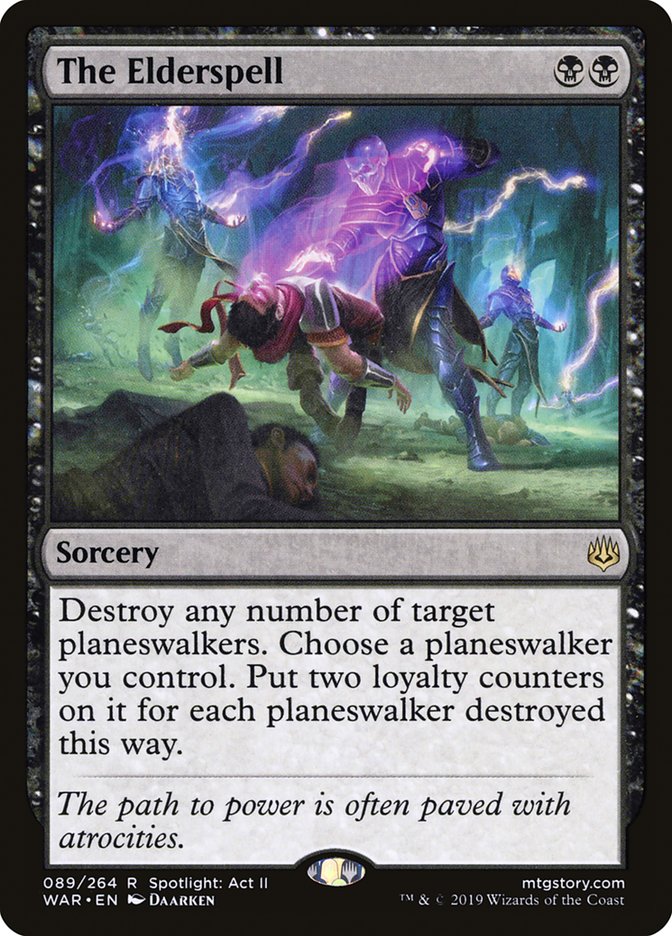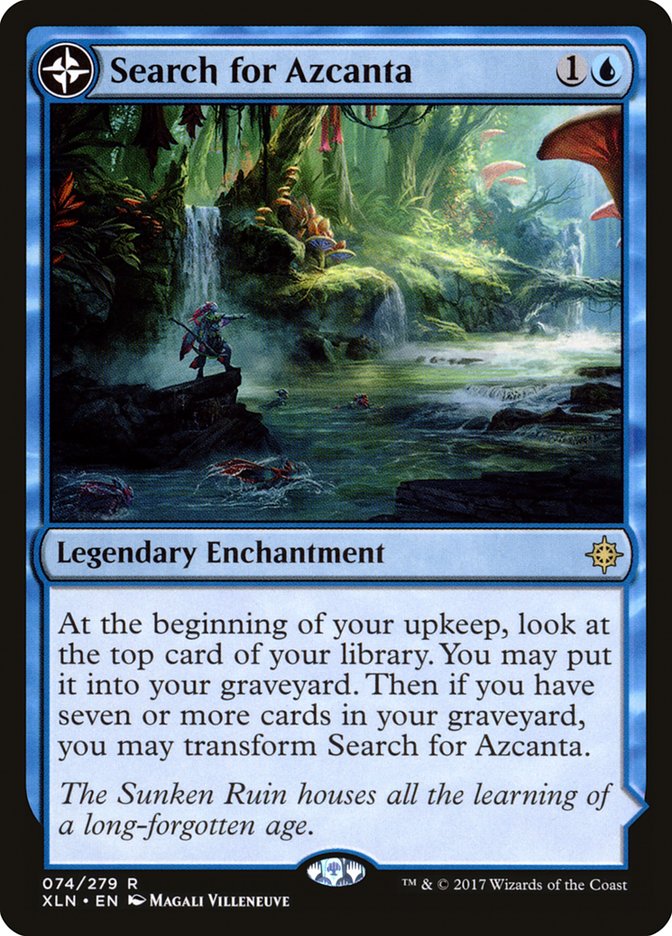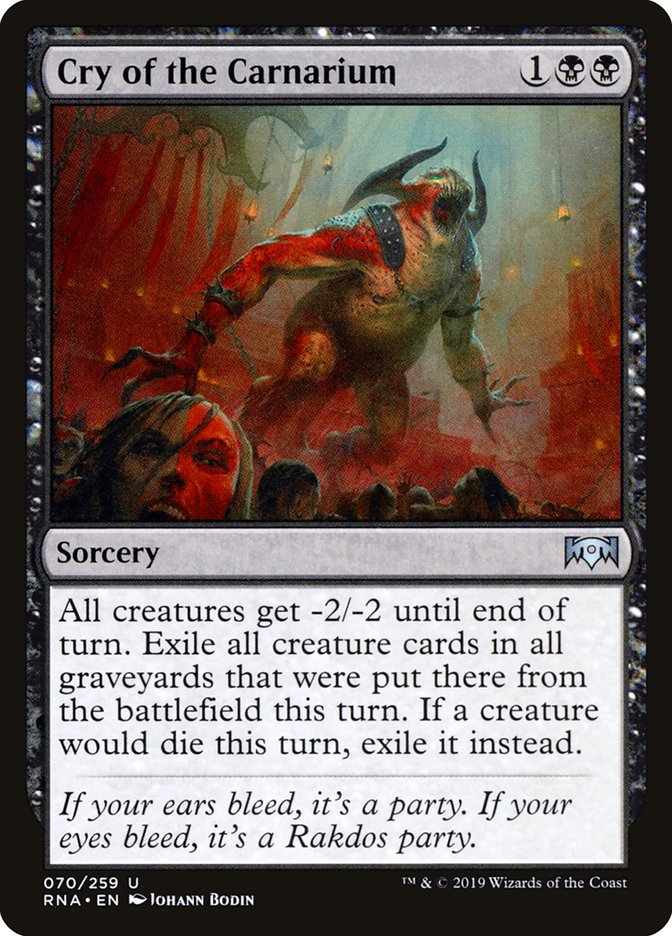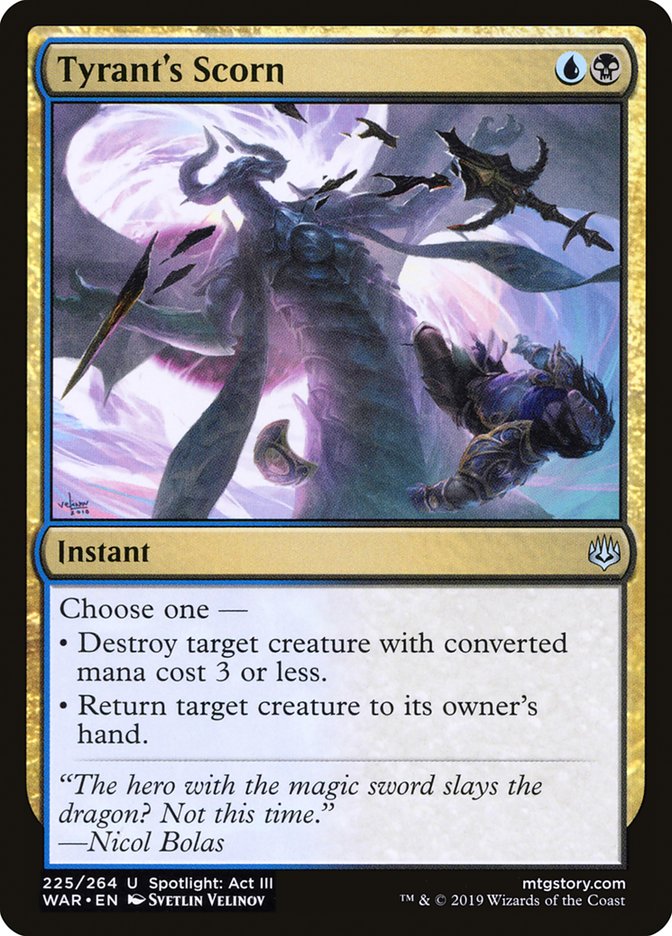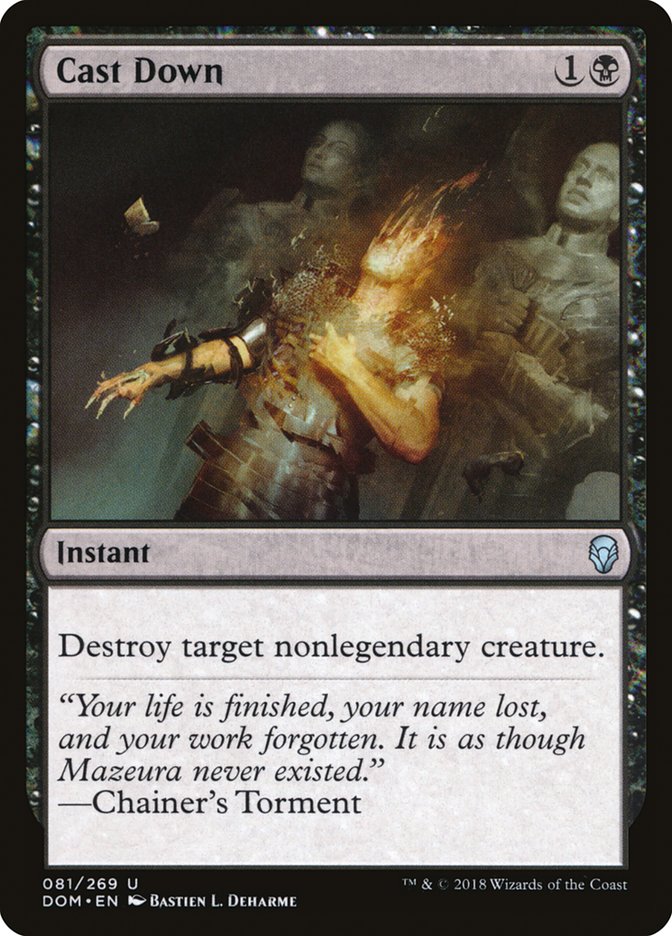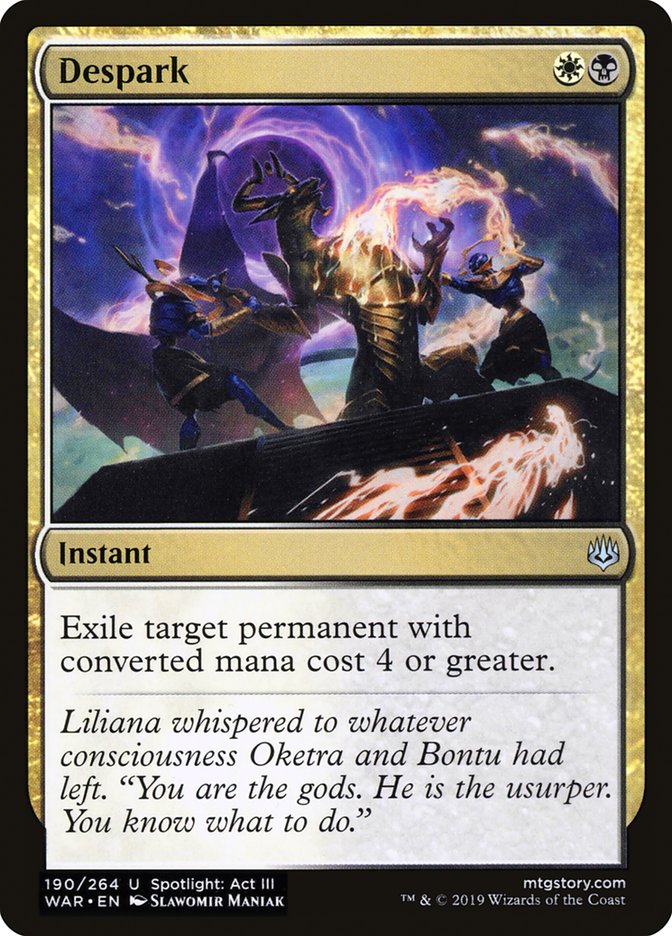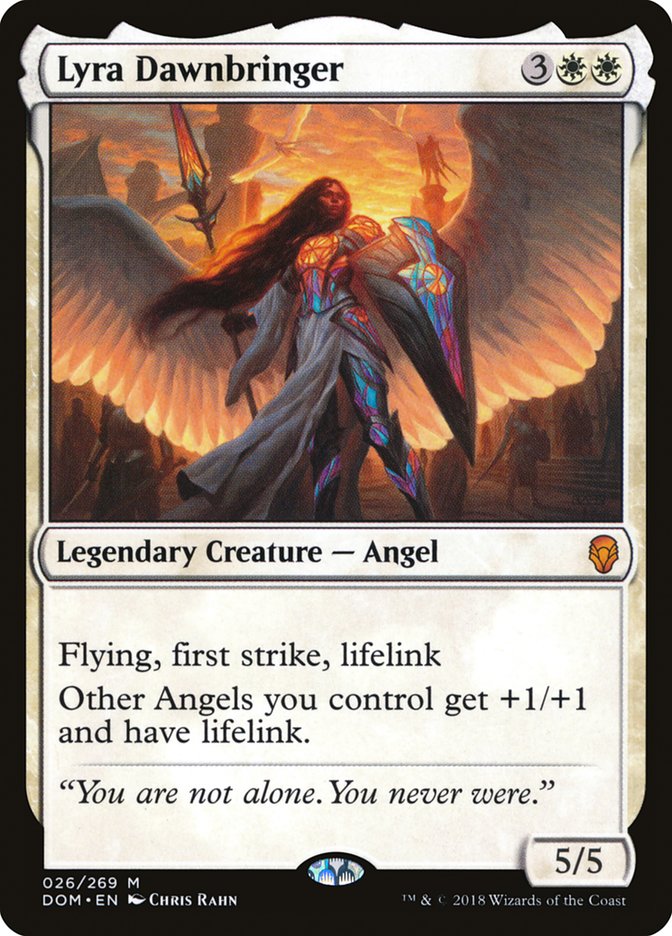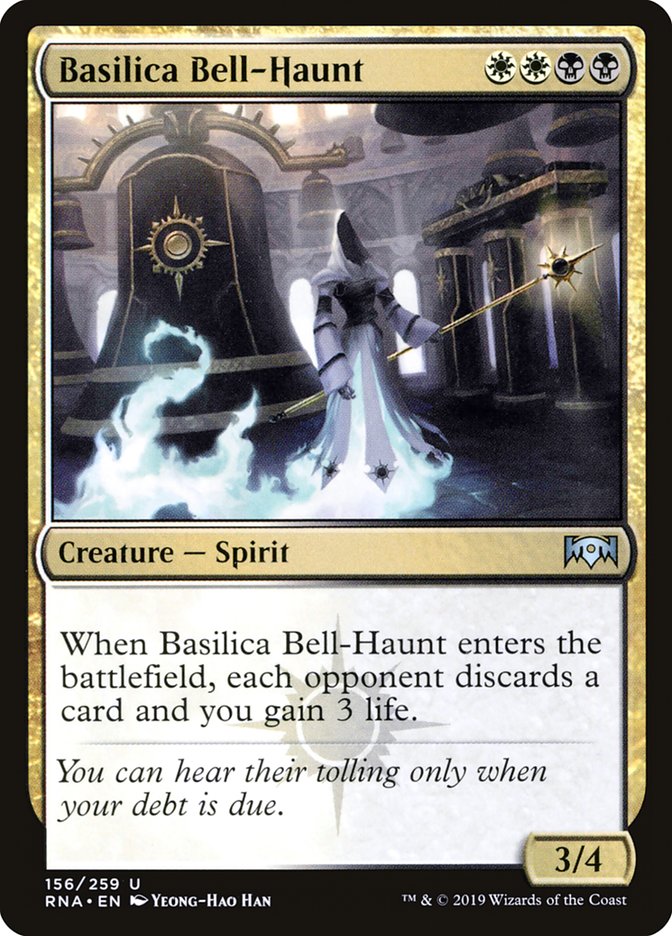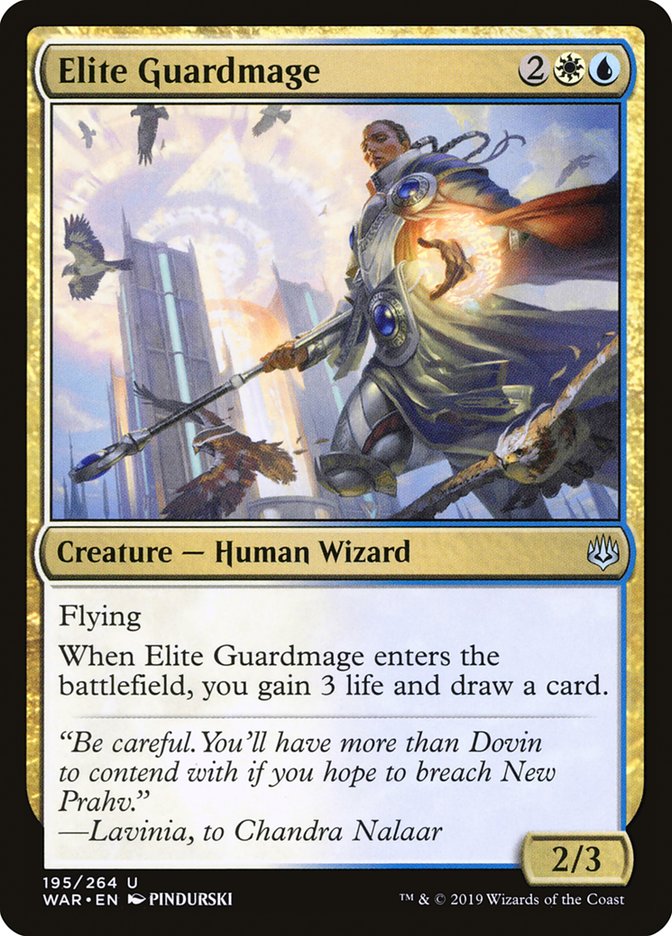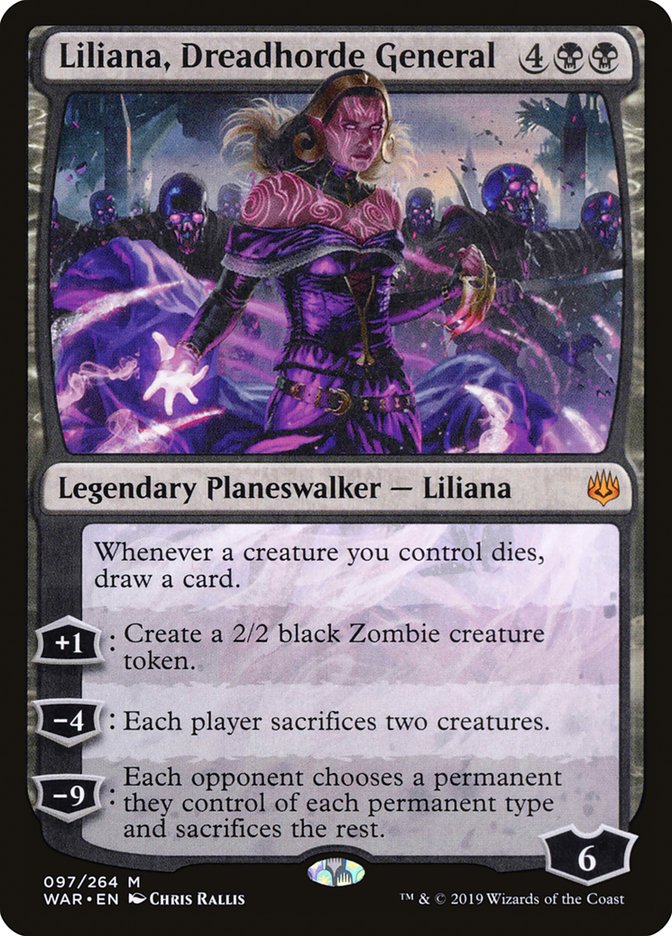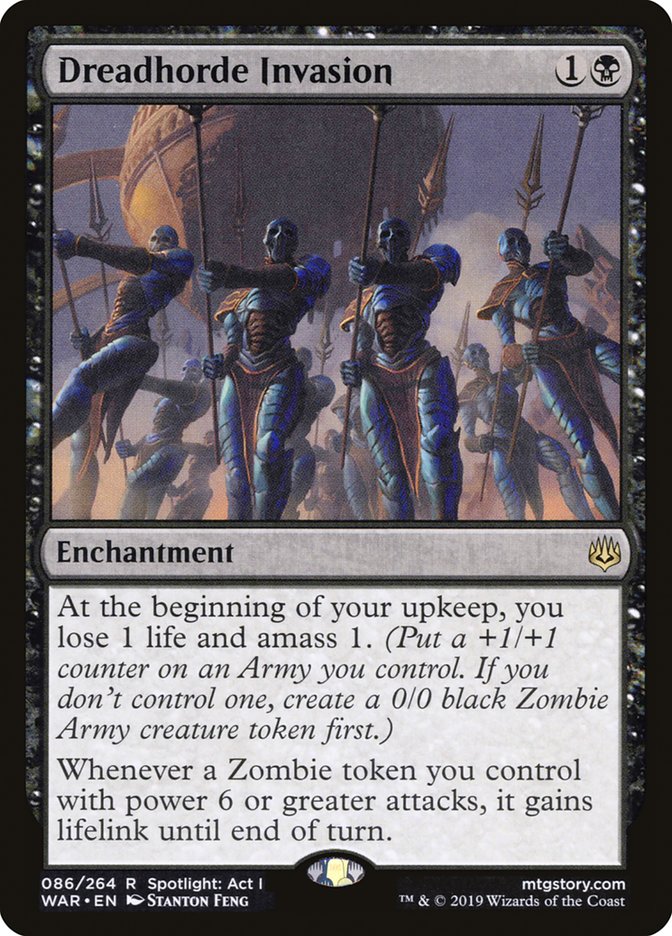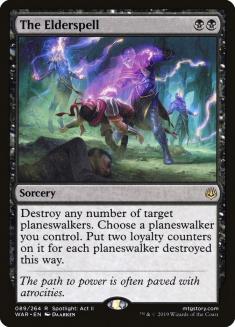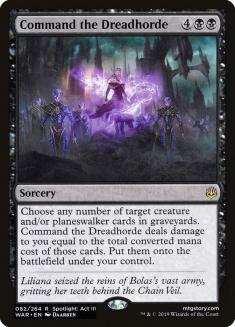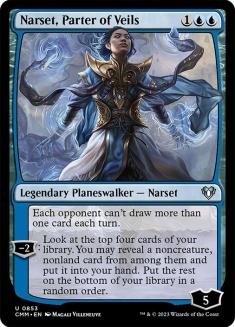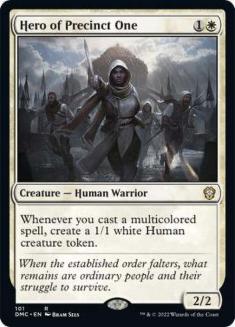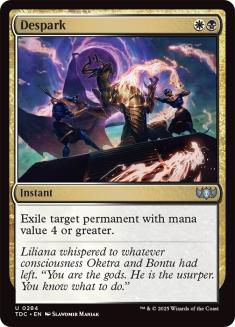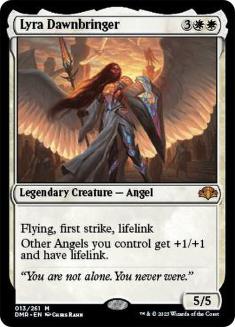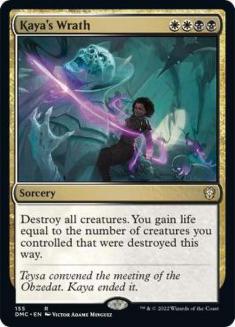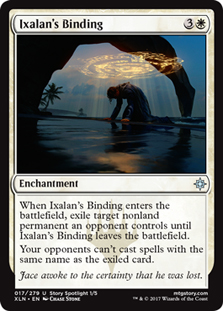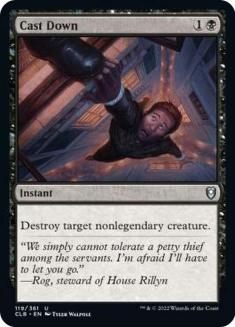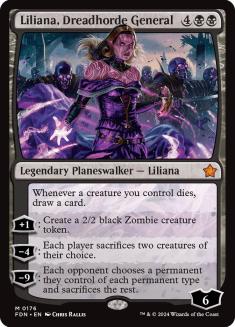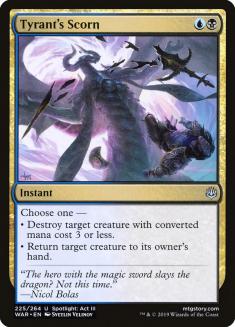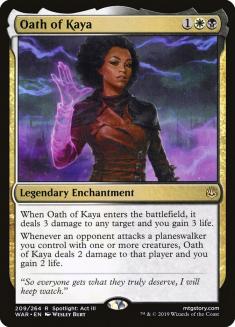It’s funny how life works sometimes. My preparation for Grand Prix Kansas City consisted of a few Leagues on Magic Online, a pittance compared to the weeks in the lab I’ve spent for previous events, and this is the one I managed to win. How does that happen?! I was not feeling particularly inspired to play Magic after an ignominious 2-4-1 record in London and was fully prepared to phone it in for another disappointing Grand Prix experience with a deck I didn’t enjoy.
That deck, of course, was Mono-Red Aggro, which dominated SCG Richmond in the first week of this new format. The sheer volume level of the squawkers and pundits on Magic Twitter was overwhelming.
I was starting to believe the hype, let me tell you. I had a single MTGO League 5-0 with the deck from the early days of the format, but something didn’t feel right. I wasn’t enjoying it. If there’s one thing I’ve learned about myself when it comes to playing Magic, it’s that I am more than capable of winning with a deck I don’t have a ton of experience with, if it’s in my comfort zone. More often than not, that means midrange or midrange-adjacent controlling decks with divergent gameplans and sideboard jukes. In short, I needed a bumbling fair deck, not an aggro-combo deck with split plans.
And so it came to pass that (after losing to it once or twice online with Mono-Red) I latched onto a deck that Martin Muller was boasting about on Twitter. Even the Italian Stallion himself, Andrea Mengucci, was singing the praises of this Esper Superfriends deck with Hero of Precinct One maindeck. Or was it an Esper Midrange deck with Narset, Parter of Veils over Thief of Sanity? I’m partial to Esper Superheroes for the most elegant descriptor for this half-Hero, half-Superfriends Esper Midrange deck. Either way, it was straddling that line of clunky and powerful that always gets me excited, or at least reasonably happy running it in a tournament cold.
I went 2-3 with Mono-Red, impulse-bought all the cards for Esper, immediately 5-0’d, and locked it in. It’s the cowboy way. Fortunately, I had the blessing of a sideboard guide and a significant repository of knowledge and play experience from Mengucci, who graciously offered me his rationale behind some changes he had made to the Muller list. He was adamantly against playing Dovin’s Veto in a format with Teferi, Time Raveler as a prominent card, and insisted on replacing them with a Despark and a Search for Azcanta. I was willing to accept that logic, though I wanted to make sure I had three copies of The Elderspell in my 75 to fight what I anticipated would be an abundance of mirror matches, Four-Color Command the Dreadhorde, and Jeskai Superfriends decks.
My list for the GP:
Creatures (8)
Planeswalkers (12)
- 4 Teferi, Hero of Dominaria
- 1 Liliana, Dreadhorde General
- 4 Teferi, Time Raveler
- 3 Narset, Parter of Veils
Lands (26)
Spells (14)

Armed with a middling pile of spells and a rough sideboard guide, I made my way to the middle of the country for a Standard tournament for which I was woefully underprepared. But after a lovely evening of golf with my roommate for the event, lifetime Pro Points co-leader Shuhei Nakamura, I was about as relaxed and stress-free as I’ve ever been before a large event.
During the first day, I split my matches with Mono-Red Aggro and beat a bunch of control, Command the Dreadhorde, and semi-mirror matches. The matchup against Command the Dreadhorde is absolutely wild, and I won a game I thought I was dead in by using The Elderspell to turbo out a Teferi, Hero of Dominaria emblem and fight through multiple Command the Dreadhordes by exiling their creatures one by one over a 45-minute first game. That last match was what converted me to a true believer in this Esper deck. If it has the tools to grind out a full-blown Command the Dreadhorde loop, maybe there’s something to be said for it!
Unfortunately, the diminishing role of GPs in the hierarchy of Wizards of the Coast’s premier-level events meant that there weren’t a ton of familiar faces at this event. Shuhei, Alex Majlaton, and Hunter Cochran joined me for a dinner where we bemoaned some of the long-lost experiences that we used to enjoy at Grand Prix events back in the day. I’m thrilled to be reducing my carbon footprint by reducing the number of flights needed to attend events and maintain professional status, but it’s a bittersweet goodbye.
And as with any good fairy-tale ending, the story concludes with an incredible string of luck on Day 2, with seven consecutive wins (and one intentional draw) after a Round 10 loss letting me realize all those perpetually-out-of-reach goals in one fell swoop. I got the Finals Loss Monkey off my back after two previous GP finals losses and two Invitational finals losses, minted Platinum level in the nearly defunct Pro Club for the first time in a ten-year career on the Pro Tour, and get to call myself The Last Platinum from now until the end of time.
It seemed like I couldn’t will myself to lose on Sunday. I peeled the lands I needed when I needed them; drew Teferi, Hero of Dominaria in a late-game topdeck war; watched opponents sputter out and draw lands in tenuous situations, and took maybe two mulligans all day. It’s easy to chuckle and say “Yeah, you have to run hot to win a GP,” but it’s very important to keep in mind when you’re flailing around with 10-5 finishes or losing win-and-ins. Lady Luck took a decade (and north of 100 GPs played) to fully bless me for an entire Grand Prix, so don’t get discouraged by her absence. It just takes persistence. Eventually the pendulum swings your way.
Let’s get real, though: you want an updated list and a sideboard guide. Understandable, as there’s an Invitational to win at SCG CON Summer this weekend. From the list I used at Kansas City, I’d make the following changes:
Remove Search for Azcanta: This card didn’t do enough in the early turns against aggro; got bounced by Teferi, Time Raveler; and was win-more whenever I actually had time and mana to get real utility out of Azcanta, the Sunken Ruin. I like the card in general, but it just didn’t do what I needed this tournament.
Remove Cry of the Carnarium: This is a relic from the days of Mono-White Aggro/Azorius Aggro in the format. There are slicker removal spells to play, and Cry is just not where we need to be right now.
Add another two-mana removal spell to the 75: I’d play a fourth Tyrant’s Scorn or a second Cast Down. It doesn’t much matter which one you play, but cheap removal is important. You don’t want to fall behind against Gruul or Mono-Red Aggro. This can be in your maindeck over the Search for Azcanta.
Add a third Despark to the 75 (likely in the sideboard): Despark is pretty clutch if Gruul picks up. It hits Rekindling Phoenix, The Immortal Sun, Skarrgan Hellkite, and Nissa, Who Shakes the World.
Add a third Lyra Dawnbringer to the sideboard: Lyra is game over until and unless Mono-Red and Gruul adopt Fight with Fire and/or Collision // Colossus. If you see these cards pick up, abandon Lyra, but right now it just wins the game on the spot against the aggressive decks.
Basilica Bell-Haunt versus Elite Guardmage: If Nullhide Ferox becomes the industry standard in Gruul Aggro, Bell-Haunt becomes enough of a liability that I’d consider making this switch. Ignoring that risk, I love the 3/4 body against lands animated by Nissa, as it plays incredible defense when you curve it into Teferi, Hero of Dominaria. It’s also generally better against Mono-Red.
Liliana, Dreadhorde General: I was moderately underwhelmed with this card. It’s the most cuttable one in the deck and might be better as a different top-end threat. It’s possible that we just want another Command the Dreadhorde or Mass Manipulation if we’re going to spend that much mana. We want to cut the card either way against aggro, so it might as well be the best card when playing against slow decks. Six mana is quite a lot!
Dreadhorde Invasion: This card seems like it might be a decent sideboard option for semi-mirrors, although it’s pretty weak to Teferi, Time Raveler. Keep it in mind.
Here’s a version of the updated list:
Creatures (8)
Planeswalkers (12)
- 4 Teferi, Hero of Dominaria
- 1 Liliana, Dreadhorde General
- 4 Teferi, Time Raveler
- 3 Narset, Parter of Veils
Lands (26)
Spells (14)
- 1 Cast Down
- 4 Thought Erasure
- 1 The Elderspell
- 3 Oath of Kaya
- 3 Tyrant's Scorn
- 1 Command the Dreadhorde
- 1 Despark
Sideboard

And here’s how I’d sideboard against a handful of the popular decks with said updated list:
VS Gruul Aggro
Out:
In:
VS Mono-Red Aggro
Out:
In:
I’m not sure if we should be cutting one more of each of Teferi, Time Raveler and Teferi, Hero of Dominaria for two Duresses. I’m leaning against it because of how good Dire Fleet Daredevil is when we play Duress. I leave that as an act of personal preference, though.
VS Four-Color Dreadhorde
Out:
In:
I prefer sideboarding out Hero of Precinct One, but there are alternative plans that involve keeping it in. This one is flexible. Try a few different plans and see what works for you!
VS Bant Mass Manipulation
Out:
In:
Pretty similar to the Dreadhorde decks. These Bant Ramp decks aren’t fully converged, so it’s difficult to pin down a precise plan. It’s possible that we should be more aggressive and play Hero of Precinct One over Kaya’s Wrath.
VS Esper Decks
Out:
In:
VS Izzet Phoenix
Out:
In:
This Standard format (and Magic as a whole) is rapidly changing. Arena has turbocharged the evolution of the metagame, and cards that were good this week may not be good next week. Pay attention to the trends and trust yourself and your gut when it comes to making important choices in deck selection. In this particular format, it’s truer than ever: if you have reason to believe that the consensus evaluation of a card is wrong, have faith in your own analysis. The payoff for being right is a lot greater than the punishment for being wrong. Plus, it’s the best way to grow as a player.
Keep innovating and keep grinding. There’s no way to shortcut it. Eventually, the variance-driven factors will all go your way, but it takes dedication. For me, it just took a few Esper Superheroes and a streak of good luck, one ten years in the making.


